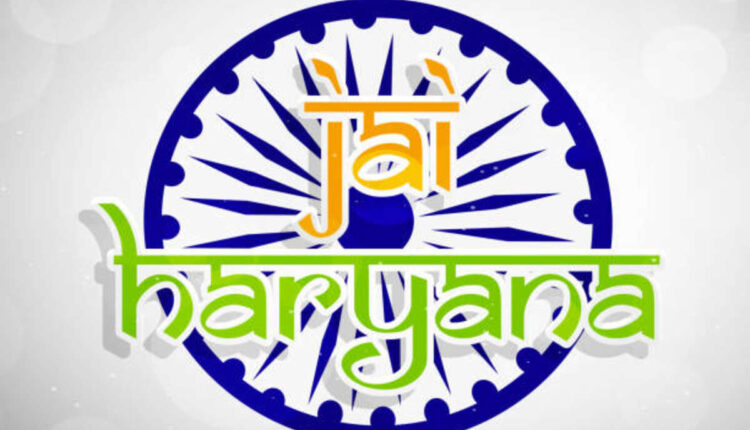What Do You Do For a Living in Hindi?
Learning letters first, then words is how most people learn a language. Start by downloading a Hindi alphabet app.
Use aap (ah-pah) as your formal pronoun when addressing females and people older than you. It is more respectful than tum (tum), which is used for people your age or younger.
1. Aap kaisi
A ubiquitous question that people often ask is “what do you do for a living?” This is a tricky question to answer. However, there are some things you can do to help you find the answer.
There are several ways to say “what do you do” in Hindi. One way is to use the phrase “kya haal hai.” This phrase means “What’s up?” It can be used in casual settings to greet someone or to inquire about their well-being.
Another way to say what you do is to use the phrase “aap kaisi.” This phrase means, “What do you do for a living?” It can be used in casual settings to greet someone or to inquire about their well-being. It can also be used to express gratitude or to compliment someone on their work.
2. Aap kaise
Hindi is a language that originated in India. It is a widely spoken language and is used in everyday life. It has many different meanings and is often used to express emotions and feelings. It is also a literary language and has been influenced by other cultures. In addition to its use in daily conversation, Hindi is used in literature, music, and film. It has also been affected by the rejection of early trends that copied the West and by the return to simple language and natural themes.
Hamariweb has a massive database of words and their meanings in both English and Hindi languages. You can find any word whose meaning you are looking for and enhance your vocabulary by learning similar words. It helps improve communication and makes you feel better while talking to others, as a person with a good vocabulary can communicate faster than someone who does not have sufficient knowledge of words.
If you want to know what you mean in Hindi, then check out our Hindi meaning of What do you page. You can also find synonyms for any word and enhance your vocabulary by visiting our Hindi-to-English dictionary.
3. Tum tum
You might think this is the most problematic phrase to learn in Hindi, but it’s actually not that hard. It has the same meaning as excuse me in English. Just use it whenever you want to agree with someone or show that you understand them.
You can also say this to express your surprise at something someone has done for you. For example, if you’re shocked that your friend came to your house and brought you a present without being asked, you could say “tum tum” to show your appreciation.
Another way to say it is dhnyavaad, which is more formal and used in business settings or with elders. However, you can also say shukriyaa, which is more casual and used with friends and family. Rocket Record lets you practice your pronunciation with native speakers so you can get it right the first time. Try it out for free here! (Use a headset microphone for the best results.) You’ll get a score out of 100 and a playback of your recording. It’s a great tool to help you practice your Hindi pronunciation.
4. Tuu tuu
Unlike some languages that have both a formal and an informal you, Hindi has a single word for you that’s used with both friends and strangers. The formal version is true, which is also the form you’ll use when speaking to people who know you well enough to call you by their name.
It’s pronounced with your tongue against the roof of your mouth. The first syllable is a soft “dha” sound that’s close to our English word, followed by a short u sound (like in mom). Finally, say the third syllable, which should sound like the -oh- in both. Then, add a superlative like a bahut dhanyavaad (“very, very much”), and you’re done!
You can use this phrase to ask someone what they’re doing, how their day is going, and more. It’s also a great way to introduce yourself when you meet new people. Just make sure you don’t use it with anyone older than you or in a place of authority, as this could come across as rude. Alternatively, you can use namaste as a casual goodbye.
5. Aap aap
Generally speaking, it’s not considered polite to thank your hosts in Hindi at the end of a meal. Instead, you should compliment their cooking and invite them to dinner again in the future. This is an excellent way to maintain friendly relations while still staying on the topic of family matters. This is a little more formal than the casual “maare ghar ki baat” (hm ghar bat).
Hindi is a North Indian language that was standardized to a large extent under British rule. It has a rich literary history and is the basis of Hindustani, a modern form that is used in official documents and education. It is written using the Devanagari script, with diacritics to distinguish sounds from other languages, including English. Hunterian transliteration is the official system used by government bodies, although other systems exist.
Pronunciation is somewhat tricky, as it contains many sounds that don’t occur in English. It’s pronounced like “shook-ree-ah,” but it may take some practice to get it right. It helps to enunciate the “r” and “d” clearly and to shrink the “uh” sound down to a flick of the tongue.


